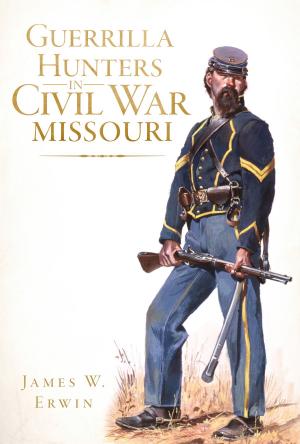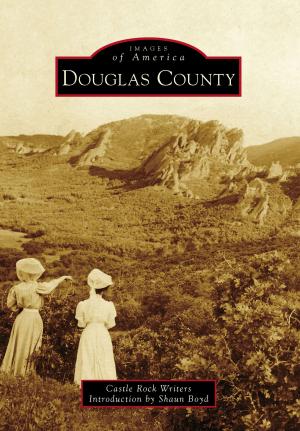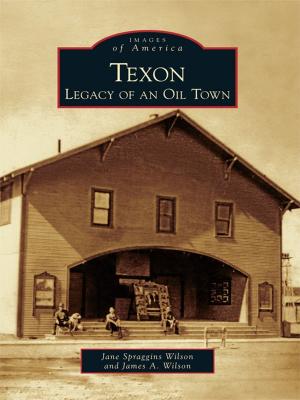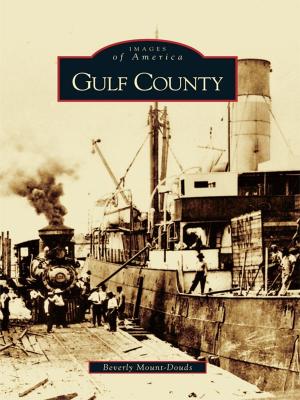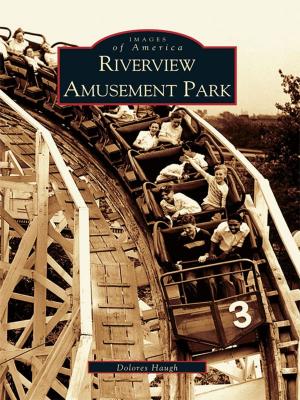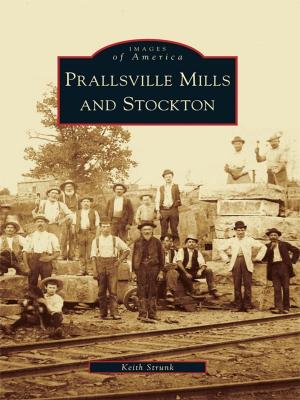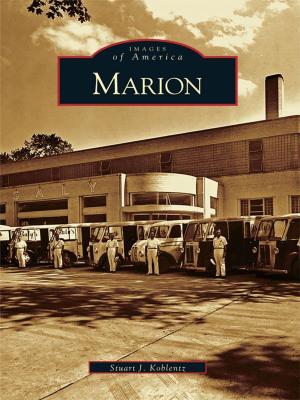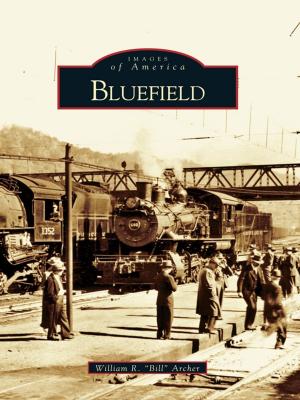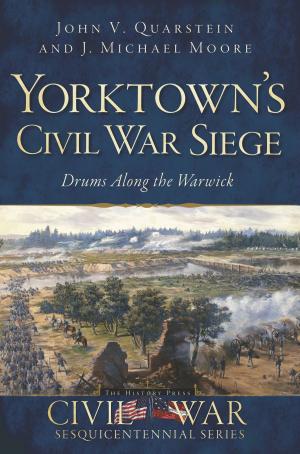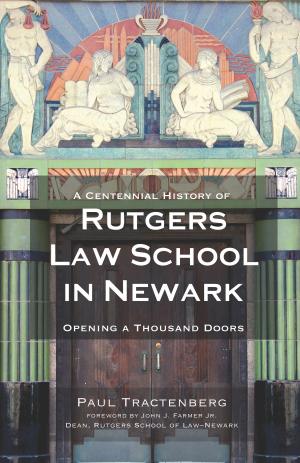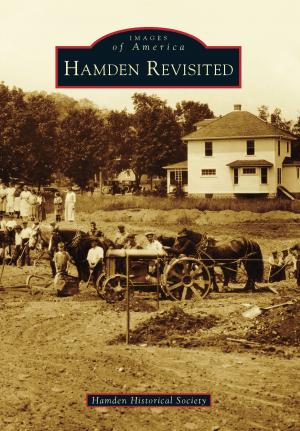| Author: | Museum Society of Willows, J. Wright, E. Whisman | ISBN: | 9781439640180 |
| Publisher: | Arcadia Publishing Inc. | Publication: | April 26, 2010 |
| Imprint: | Arcadia Publishing | Language: | English |
| Author: | Museum Society of Willows, J. Wright, E. Whisman |
| ISBN: | 9781439640180 |
| Publisher: | Arcadia Publishing Inc. |
| Publication: | April 26, 2010 |
| Imprint: | Arcadia Publishing |
| Language: | English |
Hot, thirsty range cattle led cowboys to a shady, spring-fed pond midway between the coastal and sierra foothills in Northern California. The area was referred to as �the Willows.� It was a place no doubt well known to the native Wintun Indians long before white men came exploring. Settlers began buying up land at $4 an acre after the Gold Rush. Milton French was ranching to the west of town as early as 1857. In June 1876, Johnson and Hochheimer opened a general store. Daniel Zumwalt provided land to railroad magnate Charlie Crocker, who extended train service to the �the Willows� by 1878. Broad streets were laid out in an east-to-west orientation. The town was on its way to becoming the center of one of the most productive agricultural areas in the state, thanks to the development of deep-water wells and the building of canals.
Hot, thirsty range cattle led cowboys to a shady, spring-fed pond midway between the coastal and sierra foothills in Northern California. The area was referred to as �the Willows.� It was a place no doubt well known to the native Wintun Indians long before white men came exploring. Settlers began buying up land at $4 an acre after the Gold Rush. Milton French was ranching to the west of town as early as 1857. In June 1876, Johnson and Hochheimer opened a general store. Daniel Zumwalt provided land to railroad magnate Charlie Crocker, who extended train service to the �the Willows� by 1878. Broad streets were laid out in an east-to-west orientation. The town was on its way to becoming the center of one of the most productive agricultural areas in the state, thanks to the development of deep-water wells and the building of canals.


